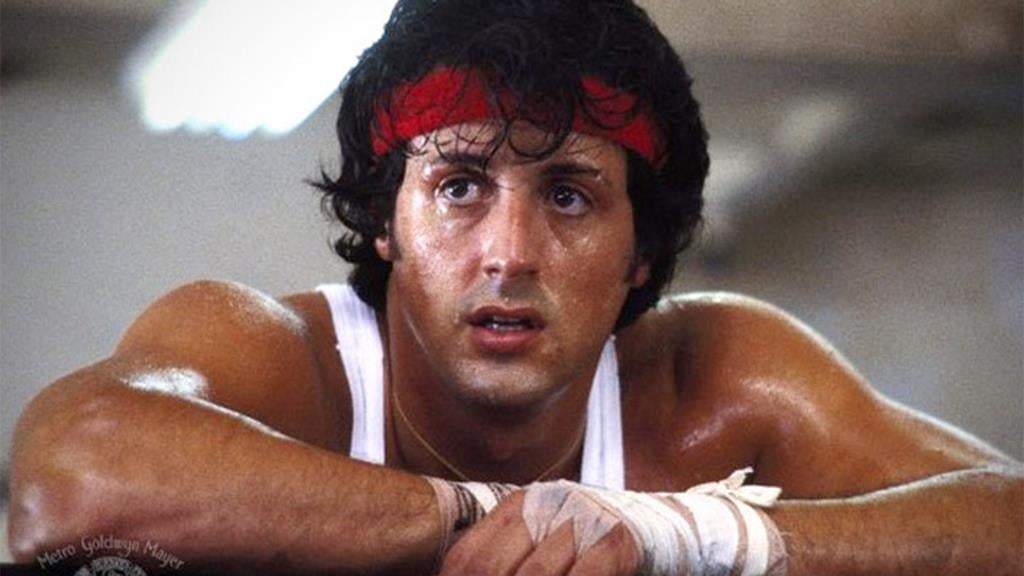How to Build Tension and Suspense in Screenplays
December 16, 2023
It looks so easy when watching a movie, but building tension and suspense is a difficult feat for many aspiring screenwriters. In a finished film, you have an arsenal of cinematic elements that enhance tension and suspense: music, performances, cinematography, editing, etc. A screenplay on its own doesn’t have any of these things: it relies solely on your writing to elicit an emotional reaction from a person. Difficult perhaps, but totally doable.
Writing and writing alone can elicit many emotions and many successful screenwriters have built tension and suspense in their screenplays. This is an important skill set for a screenwriter because regardless of the genre, your script can benefit from building tension and suspense throughout; and it’s vital in an action, thriller, or horror script. In general, the goal is to keep people reading, and building tension and suspense is guaranteed to accomplish this.
Below are various ways screenwriters can build tension and suspense in their screenplays…
Establish the Threat and Stakes Early in Your Script
Whenever building something, it’s important to have a strong foundation and screenplays are no exception. Out of the gate, you should establish the threat and stakes in your script. Essentially you should be answering the following question: what is the threat and what are the stakes? If it’s a Horror/Thriller the stakes should be life or death and directly connected to the threat.
Perhaps the best example of this technique is the opening scene of Jaws: a swimmer is attacked by a shark (and this was always the opening: from the novel to the finished film). The threat is immediately established and it creates a dark shadow over everything else that transpires in the first act. Ever since Jaws, many Horror/Thrillers have followed this formula and immediately establish the threat and stakes: there’s something out there and it’s dangerous.
As soon as you come up with the concept for your script you should be thinking about how to best set it up. If you have a suspenseful opening, it’ll not only keep people reading, it’ll enhance everything else that occurs in your first act.
Don’t Forget Your Ticking Clock
A Ticking Clock is a writing term that describes a time limit or deadline that adds constraints, obstacles, and a very definitive moment in time in which the protagonist must act. For example, in every James Bond film, there’s a masterplan from the villain that’s going to go into effect at a certain time and James Bond has to stop it or else there'll be disastrous results. Nearly every spy thriller and action film involves a ticking clock of some sort and it’s a guaranteed way to create tension and suspense: will our hero be able to stop this assassination attempt or an intergalactic warlord from destroying the earth?
Sometimes it’s literally a time bomb ticking away. This also calls to mind Alfred Hitchcock — cited as the master of suspense by many people —and his “Bomb Theory”. Hitchcock’s bomb theory derives from a quote in which he stated that the difference between “surprise” and “suspense” is a bomb going off unexpectedly (a surprise) and the audience being aware that a bomb is about to go off (suspense). Going back to Jaws, we’re made aware that there’s a killer shark in the waters of Amity Island before Martin Brody or any of the other main characters know about it. This is the very definition of suspense: we know there’s a killer shark out there and it’s going to keep killing.
Keep Your Characters in Constant Peril
Even within a larger ticking clock scenario, there should be several smaller hazards and near-fatal incidents peppered throughout your script. In doing so you’ll be keeping your protagonist in constant peril and, as a result, the tension and suspense will be increased tenfold. This is an essential element of a survival horror or thriller in which the protagonist is in a life-threatening predicament with a ticking clock and is constantly being bombarded with obstacles.
Also, the more people connect with your characters, the more they’ll care about them when they’re in a perilous situation. If no one is emotionally invested in your characters, it’ll undermine any tension and suspense you’re building. This is why it’s important to develop great characters and never lose sight of them when writing. No matter the genre, your characters are important.
Always Be Escalating the Stakes and Danger
In general, a script’s narrative should always be moving forward and gaining momentum. Whether it’s a thriller, horror, mystery, or action script, everything encountered or discovered should be a bigger moment than what came before. Even the quieter, character-driven moments should have more dramatic and emotional weight than earlier scenes. Never have any regression in your script: if something almost kills your protagonist in one scene, there shouldn’t be something that can merely hurt them in the next scene. Think of this rule as a counterpoint to a ticking clock or a “tightening of the noose.”
Once again going back to Jaws, note the increasingly evasive attacks: with every attack we see a little more of the shark and the attacks start directly affecting Martin Brody's life — his son having a near-fatal incident with the shark — until he’s out there on the Orca and literally facing the shark eye-to-eye in a showdown. Think of how the narrative slowly but surely pushed Brody to do what he feared most: it forced him to go out to sea and stop the shark. You’ll likewise note that most films have escalation — even a romantic comedy — in which a situation builds and builds until it reaches a climax and resolution.
Cinematic Formatting
Finally, you might not have a cinematographer and editor at your disposal, but there are various ways you can format your script to build tension and suspense. In my article “5 Tips To Cinematic Formatting” I outlined the ways you can utilize the formatting in Final Draft to make your script have more visual impact. Whether it’s spacing out your action or knowing just how to convey a “jump scare,” cinematic formatting can make for a more compelling read overall.
And if you follow the above tips, you should be able to build tension and suspense in your screenplay.
While writing ask yourself the following questions: Have I established the threat and stakes early enough? Is there a ticking clock? Will people care about my characters and are they in enough peril throughout the script? Are the stakes and danger always escalating? Can I bring out tension and suspense via formatting?
Written by: Edwin Cannistraci
Edwin Cannistraci is a professional screenwriter. His comedy specs PIERRE PIERRE and O’GUNN both sold with more than one A-list actor and director attached. In addition, he’s successfully pitched feature scripts, TV pilots and has landed various assignment jobs for Universal, Warner Bros, Paramount and Disney.- Topics:
- Writing & Tools




